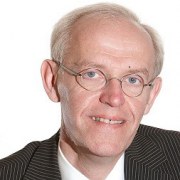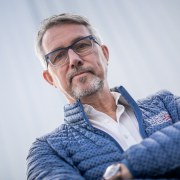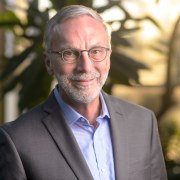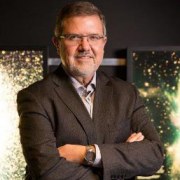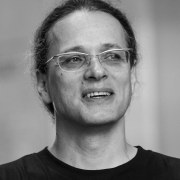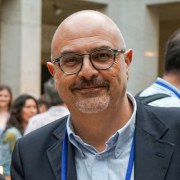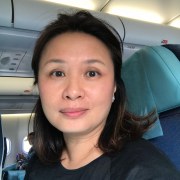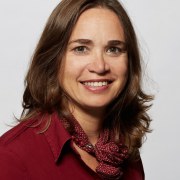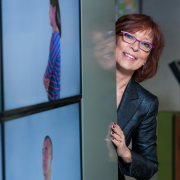50 years ago the first science centres as we know them today opened: the Exploratorium in San Francisco and the Ontario Science Centre in Toronto.
It was the start of a big science centre movement which led to the development of almost 3,000 science centres wrorld-wide, all using the same concept of interactive learning.
What will happen in the next 50 years? What will science centres look like in post-truth times, and in the times that will come after? Will they integrate in society or will they simply disappear?
How can science centres not only react to current issues but reinvent themselves for the future? How can science centres move from being followers to shaping the future?
Experts and science centre leaders will give a brief insight into the young history of our field and share their views on the future of science centres in fast-paced pitches, followed by a debate between panelists.
Facilitator
Session legacy
There are at least 2 ways of seeing how something could turn out 50 years into the future: predicting it based on where it seems to be taking itself or to direct it, at least, in major directions towards a dreamy or ideal one, at least accdg to what you think it could be missing now. So in deciding how to see science centers 50 years from now, I veer more towards the latter – I dream of science centers becoming:
A champion of connections in as many ways as possible:
For instance, I can imagine or dream that the jargon science centers liberate science from will do even better and be replaced by a lexicon drawn from a multi-cultural pool of words that can better describe and explain a principle, a fact, process, in context. For example - the Japanese may have a word for robots, the Americans for wild lands, “samu’t saring buhay” is a phrase from what a country like ours in the tropics have for biodiversity that speak not just about life’s stupendous variety but inherent and wondrous complexity. It is much like an Anthony Bourdain-inspired way of drawing from multiplicity to have glimpses of universality – the science version of it.
But more importantly, I dream of science centers going beyond STEM to showing how STEM can help make our individual and collective lives better to showing how in equal measure, it cannot do it alone without the arts and humanities. The newly released book by the US Academy of Sciences Engineering and Medicine entitled Integration of the Humanities and Arts with Sciences, Engineering and Medicine in Higher Education, Branches from the Same Tree, makes a case for what the science icon himself, Einstein himself called all those disciplines – as “branches from the same tree.”
The book revealed that employers have said that more than technical skills which training (not education) does, what they value in applicants are “writing and oral communication skills, critical thinking and analytical reasoning skills, teamwork skills, ethical decision making, and the ability to apply knowledge in real-world settings.” This requires a kind of thinking where you can draw from many disciplines because “many real-world problems have dimensions that are humanistic, scientific, technical, medical, and aesthetic.” Very few problems, if any, are just one thing. Nothing meaningful is just one thing. Maybe science centres could herald connections, even showing where science should not be the centre of the discussions on something - like peace.
A champion of applications of how science serves life – not just as special projects as many of our institutions have now but as one of the main pillars of science centers that we run ourselves: whether it be a sustainable dining restaurant, an urban farm, an experimental school where you apply what neuroscientific insights in classroom settings, or overcoming primal impulses to protect “us” and to exclude “them”, a rehabilitation place for wildlife, a comforting place where diseases are understood as far as they can be and their possible cures and treatments.
Maybe science centers of the future will be in the best position, relative to schools, to give rise to another renaissance of education – to bring together the disciplines and to have them shake hands and lock eyes, in both layers of ortho and praxis, and give us world views and real work, that make us better humans.

